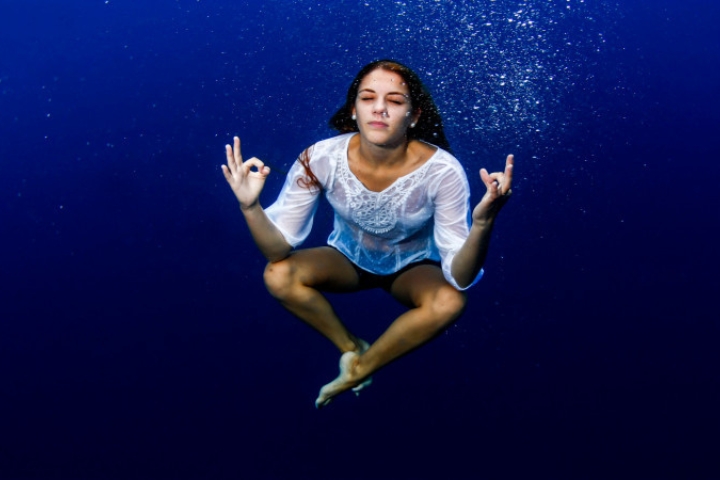When a dive center in a flooded quarry near Bristol, UK, abruptly closed in early 2022, many recreational scuba divers were left confused.
Ambitious Plans for Underwater Living with the Sentinel System
Nearly two years later, divers received some clarity. DEEP, a UK-based ocean technology company that acquired the dive site for research and development, emerged from stealth mode last September, announcing its goal to “make humans aquatic.”
At the heart of its plan is the Sentinel system, an underwater habitat designed to enable people to live and work at a depth of 200 meters (656 feet) for up to a month.
The Sentinel system consists of interconnected modules that can serve various purposes, from gathering ocean chemistry data to excavating historical shipwrecks. This scalable habitat can be arranged in different configurations, accommodating missions for as few as six people or as many as 50 for research.
The company aims for its habitats to facilitate a permanent human presence underwater, similar to how the International Space Station (ISS) has enabled humans to live and work in space since 2000, but for the ocean.
Last week, DEEP unveiled a precursor to the Sentinel, a smaller underwater habitat that will be used to develop systems for the Sentinel and will also be offered as a standalone product.
Vanguard Habitat Key for Quick Deployment
The Vanguard is a habitat measuring 12 meters (40 feet) by 7.5 meters (25 feet), designed to accommodate three people for underwater stays of up to a week. It is set to be launched at DEEP’s UK campus in early 2025.
According to Sean Wolpert, DEEP’s president, the pilot habitat could be crucial for quick deployment in situations like the August search mission for survivors of a superyacht that sank off Sicily.
With the vessel sinking to a depth of 50 meters (164 feet), divers were limited to about 12 minutes underwater before needing to resurface. Wolpert noted that an underwater habitat positioned on the seabed near the wreck could have acted as a base for divers.
Currently, there is only one operational undersea research lab worldwide, managed by Florida International University, used by researchers studying corals and NASA astronauts for extreme environment training. If everything goes as planned, the Sentinel habitat will be ready by 2027, with Wolpert aiming for deployments in various global locations. However, DEEP recognizes that achieving these ambitious goals will require significant effort.
“Why hasn’t it been done before in the way we’re trying to do it?” asked Wolpert. “Because it’s very hard. So, we have been working tirelessly.”





GIPHY App Key not set. Please check settings